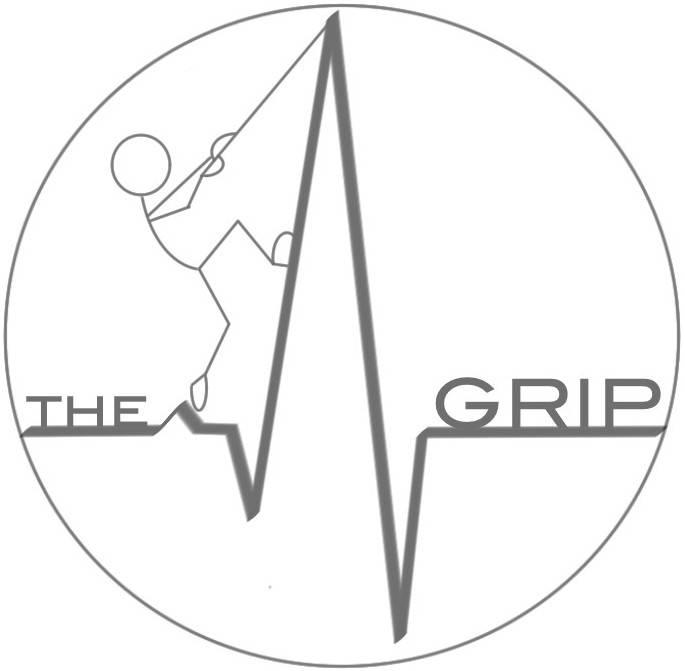Lung Ultrasound for Daily Monitoring and Management of ARDS Patients
Mongodi, Silvia MSc, MD, PhD; Bonaiti, Silvia MD; Stella, Andrea MD; Colombo, Andrea MD; Santangelo, Erminio MD‡; Vaschetto, Rosanna MSc, MD, PhD; Orlando, Anita MD, PhD; Bouhemad, Bélaïd MD, PhD; Mojoli, Francesco MD
Clinical Pulmonary Medicine: May 2019 – Volume 26 – Issue 3 – p 92–97
doi: 10.1097/CPM.0000000000000311
Abstract:
Lung ultrasound has greatly developed in the last decade, becoming increasingly important both for the diagnosis and for the monitoring of acute respiratory failure; it can be used on a daily basis at the bedside to improve the clinical assessment of the critically ill. This review describes how lung ultrasound can be used to assess patients with acute respiratory distress syndrome (ARDS), from the initial diagnosis to the daily management and monitoring. Quantification of lung aeration can be performed at the bedside with the lung ultrasound score; it is reliable when compared with computed tomography scan, easy to learn, and repeatable. It can be used to guide mechanical ventilation, to identify positive end-expiratory pressure responders, and to assess the efficacy of recruitment maneuvers or pronation. It can be used to monitor recovery from the respiratory disorder and to detect an increase in extravascular lung water during fluid resuscitation. Alone or combined with other ultrasound techniques, lung ultrasound can help in the weaning process. Moreover, frequent ARDScomplications such as pneumothorax and ventilator-associated pneumonia can be detected by ultrasound, which also serves as a guide to procedures such as fiberoptic bronchoscopy and pleural drainage. Thanks to its many clinical applications, lung ultrasound may in the future become part of the standard approach to patients with ARDS.
